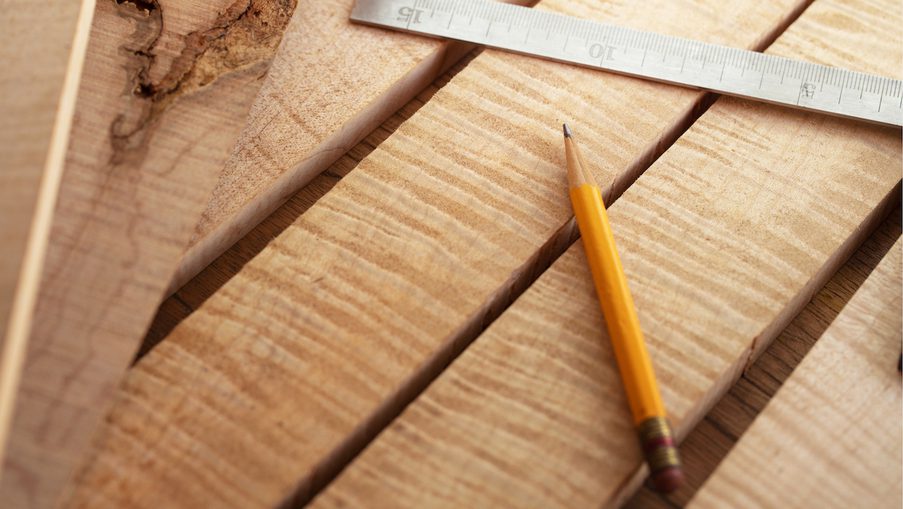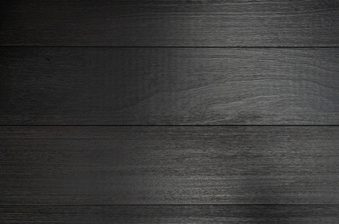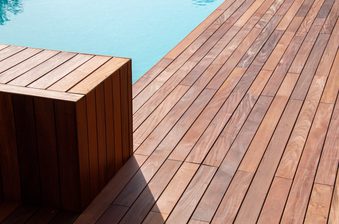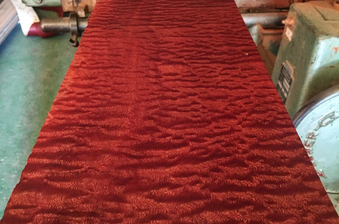Perhaps its most attractive feature, the grain is what gives wood its distinctive character. Every piece of timber boasts its own unique pattern and texture.
Looking for a characterful, pronounced pattern, or an understated, sleek and subtle design? Let’s break down wood grains, exploring different types and some fine examples you might want to try for your next project.
What is wood grain?
Wood grain refers to the arrangement of a wood’s fibres resulting from the growth of a tree. When the tree is cut, these fibres reveal a visual pattern of relatively darker and lighter wood, commonly known as the grain or — more accurately — the ‘figure’. Wood grain also affects the texture of a piece of sawn timber.
The appearance of a piece of sawn wood is affected by the size, arrangement and type of these fibres. Different ways of sawing can reveal different grain patterns — the most common method is quarter sawing, when a log is cut into even boards that form parallel plains.
Because of the way in which wood grows, each piece of timber has its own unique grain pattern. No two are the same! With over 60,000 types of tree in the world, there are an incredible array of different grains, figures and textures.
Wood grain: hardwood vs. softwood
Hardwoods contain a special type of longitudinal cell called vessel cells — when cut, these reveal pores. Softwoods, on the other hand, do not have vessels or pores. This structural difference is why hardwoods often can have a stronger, more pronounced grain pattern — these pores have a big effect on the appearance of some sawn wood.
However, not all hardwoods are the same, of course — some have many pores which vary wildly in size; others have smaller, consistently-sized and more evenly-distributed pores. Let’s take a closer look.
How types of wood grain differ: terminology, species & examples
Woodworkers, architects and wood technologists often use a number of terms when describing wood grains. Perhaps the most common distinction between hardwood grains is ‘open’ and ‘closed’.
Open grain
Hardwoods that contain large pores are said to have an open grain (or a coarse grain, also known as ‘ring-porous’ trees). An open grain is typical of trees that grow faster during spring and slower in summer, causing variety in their cell composition and arrangement. As a result, these timbers often have stronger, more pronounced grain patterns.
Popular open-grained woods include species of oak and ash. Patterns in these woods can create a natural, homely or even rustic feel. Open grained woods can have a straight or irregular grain.
Other types of open-grained woods can be used to achieve a daring, bold design, such as Zebrano, an exotic hardwood. Its unusual grain results in wild streaks that vary from cream to dark chocolate — always certain to capture the eye.
Depending on what grade of wood is chosen, these natural characteristics — such as knots — can become more abundant. These woods can effortlessly achieve a very characterful look. Before finishing, these timbers are often filled in with a grain filler to achieve a flat surface.
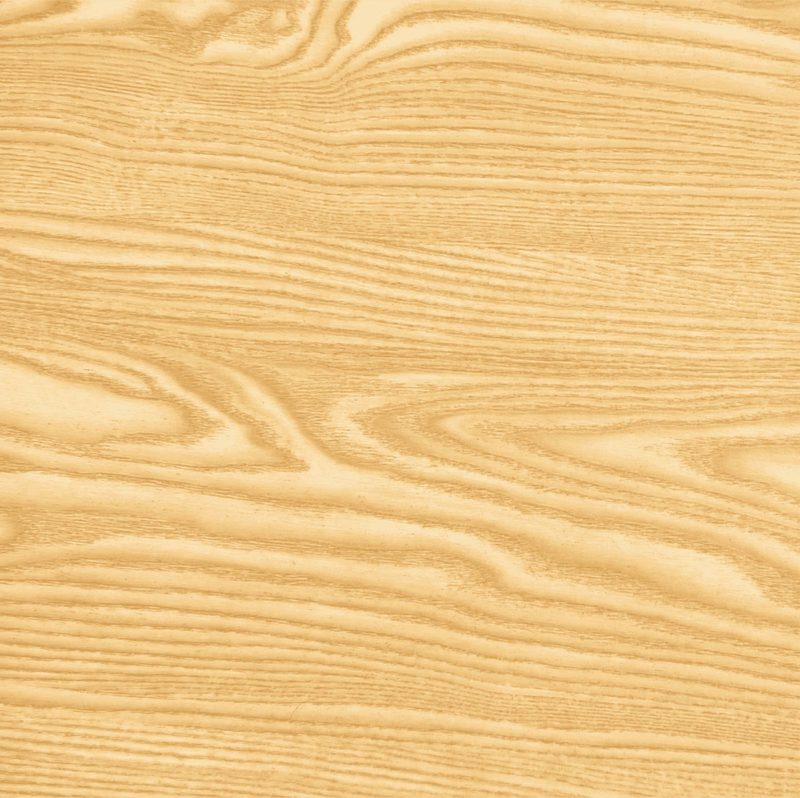
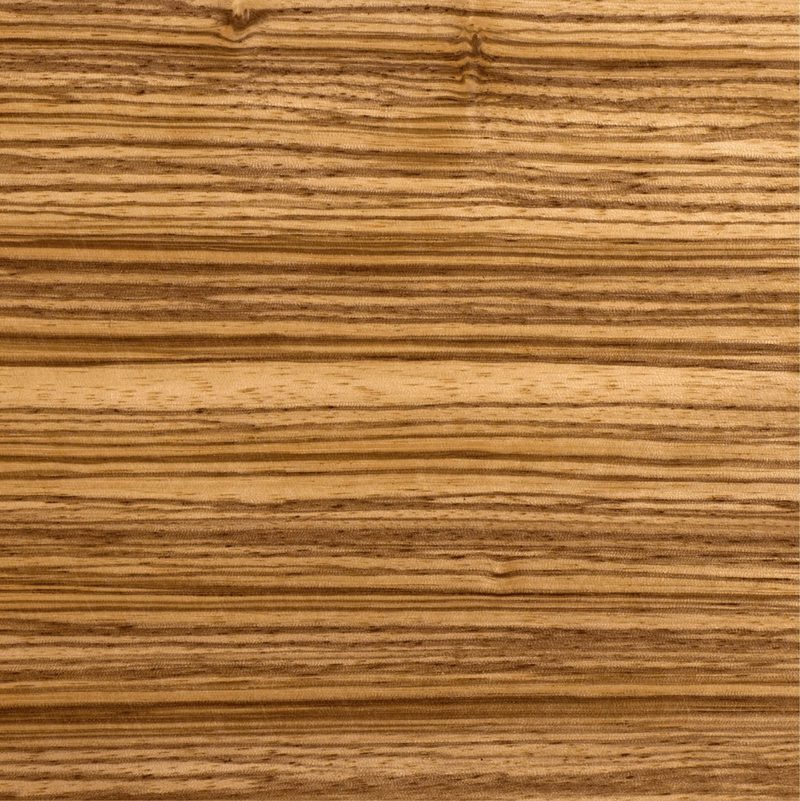

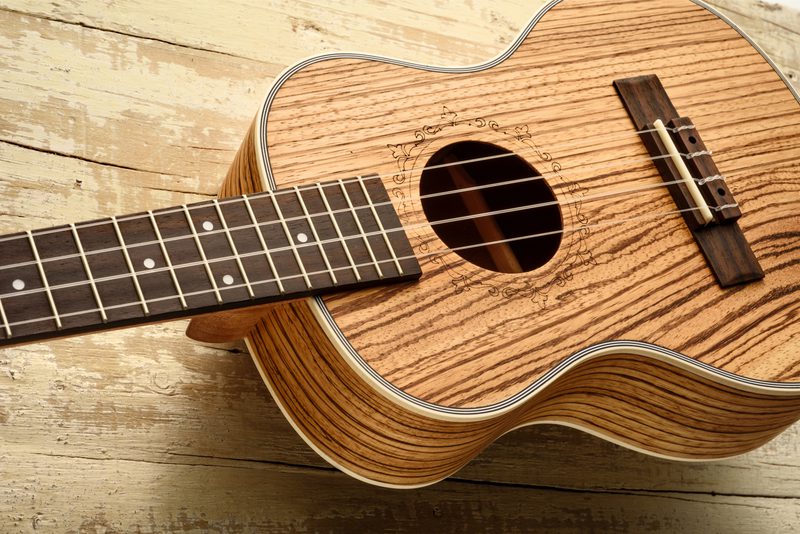
It doesn't take a timber expert to tell you that different types of wood can have different textures. Again, this is a product of the wood’s grain — the arrangement, size, frequency and variation of a wood’s fibres. Open grained woods usually have a more coarse texture compared to closed (or fine) grained timbers.
Closed grain
Other species of hardwoods have smaller pores which don’t vary as much in size — these are classed as closed grain — also ‘fine grain’, ‘tight grain’ or ‘ring-diffuse’ trees. With tighter growth rings, these types of wood usually have a straight grain.
This provides the wood with a more subtle, plain, cleaner appearance that can work in a more polished, sleek environment or airy environment. Popular examples of closed-grained hardwoods include species of maple — excellent in Scandinavian-style interiors — and many types of fruit woods, like cherry.
Other fine-grained timbers, like holly and basswood, have almost no visible grain pattern at all!
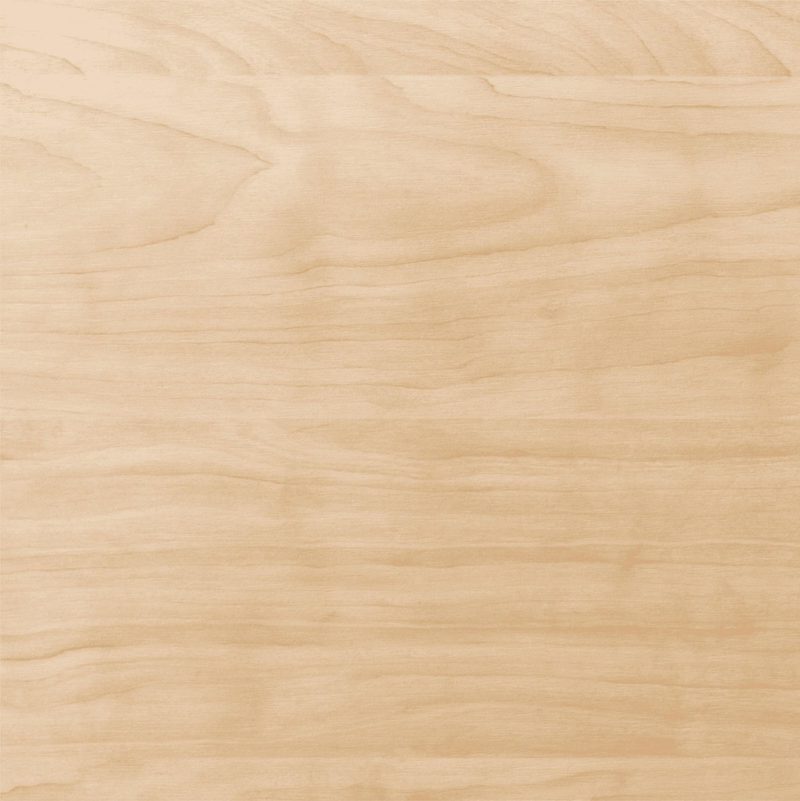
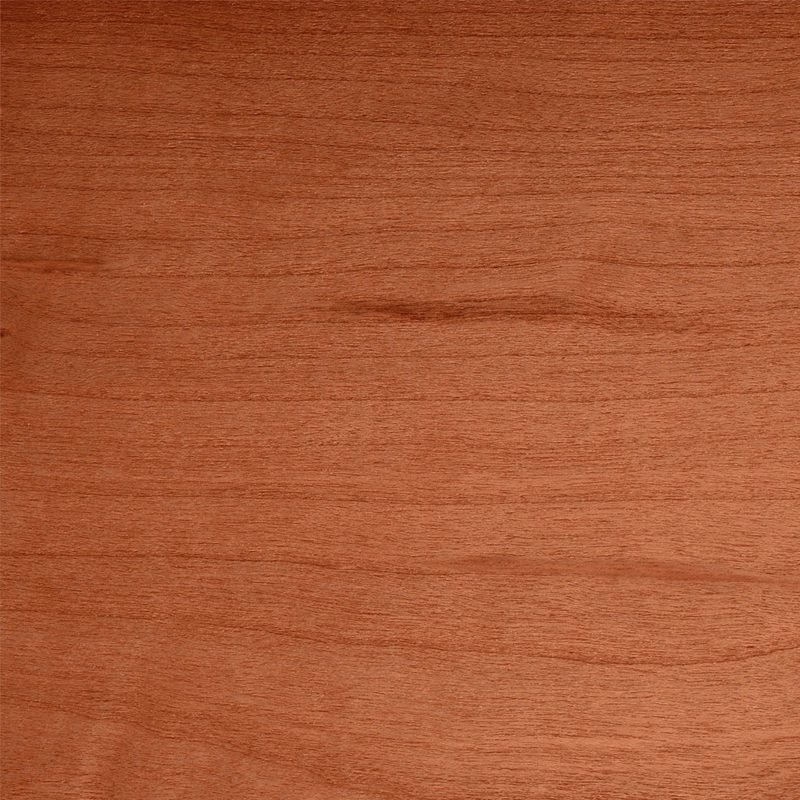
Just because a timber has a closed grain does not mean it cannot be exciting or characterful, however. Species of maple, for example, can boast unusual patterns like bird’s eye, tiger stripe and quilt figuring.

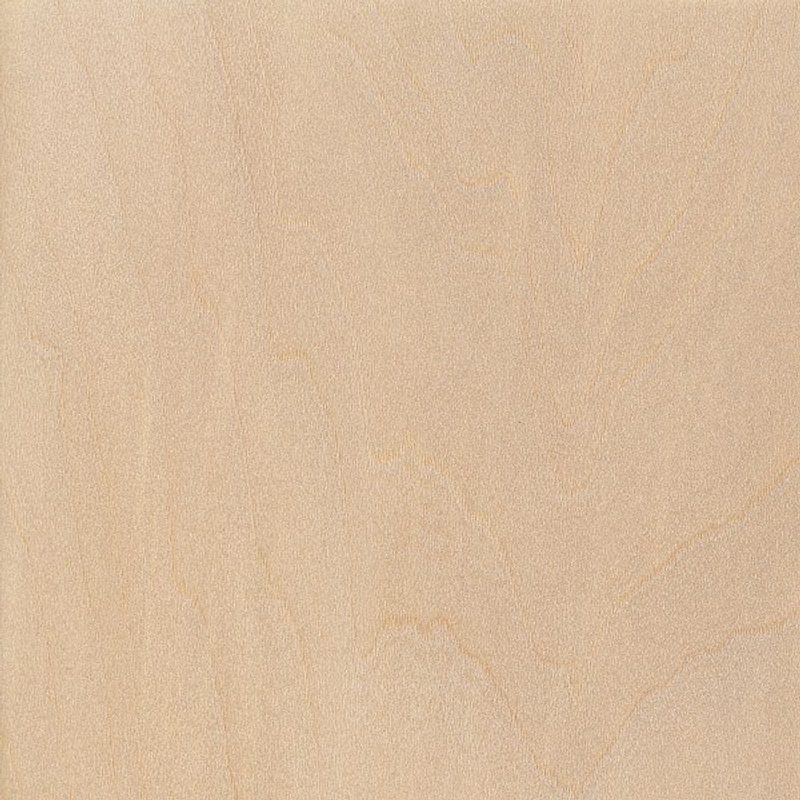
Although most woods can be categorised as either open or closed grained, some timbers can be classed as intermediate, showing characteristics of both types. Common examples include black walnut and mahogany. Walnut, in particular, is prized for its character, sometimes boasting unique figuring like burls.
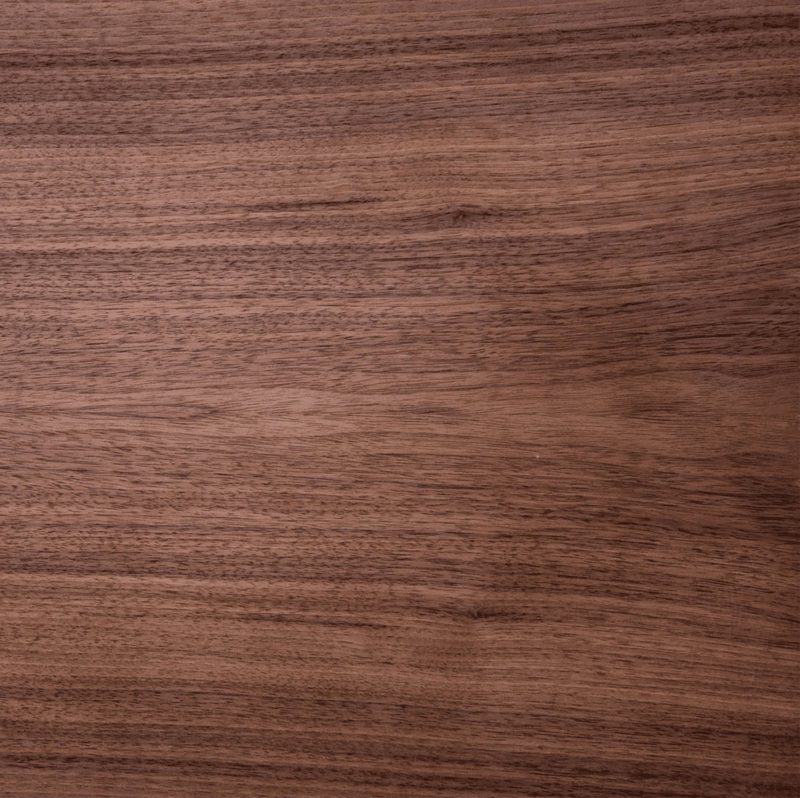
Softwoods do not have pores. Their appearance is down to colour differences between the springwood and the summerwood, which are parts of wood in the tree’s growth rings. As a result, they tend to have less prominent, lighter grains. Softwoods can grow faster, which results in a wider grain pattern.
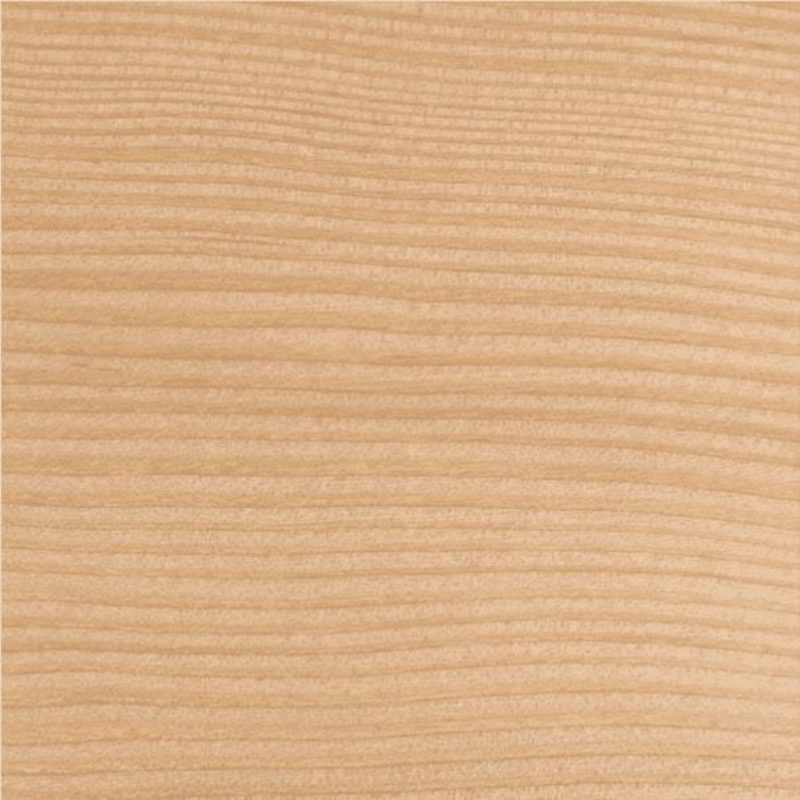
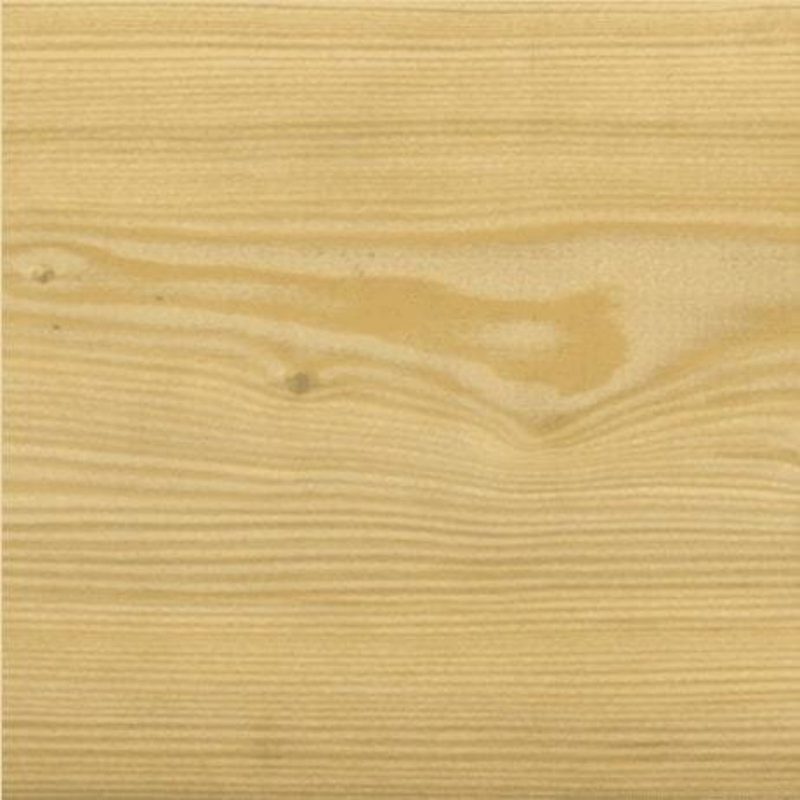
Different wood grain descriptions: straight, irregular, interlocking, wavy, spiral
Wood enthusiasts, architects and designers often use certain labels to describe a wood’s grain. Some of those you’ll be most likely to come across include…
- Straight — the wood fibres consistently run in a straight direction along the cut piece of timber.
- Spiral — a wood whose fibres twist as the tree develops.
- Interlocked — taking things a step further than spiral grain, this describes a timber whose fibres align in opposite directions.
- Irregular — the wood’s fibres run at irregular, varying directions, including in knots.
- Wavy — describing a wood whose fibers change direction constantly.


Figured woods
Visual grain patterns from highly-figured woods can add a special touch to any project. These markings are usually the result of how a tree grows and is sawn; many of them are highly sought after. A few of the most popular include:
- Bird’s eye — this occurs mainly in maple. It describes a distinctive visual pattern of tiny, bird-like eyes on the wood’s grain.
- Burl — also known as burr, this type of figure results from a deformed, wart-like growth on a tree’s trunk or a branch caused by injury or infection. This causes a highly unique wavy and twisted grain pattern. It is often seen in walnut, ash, European Elm and poplar trees.
- Crotch — this describes a Y-shape pattern that occurs when a branch joins with a tree trunk. It’s most commonly found in species of mahogany and walnut.
- Curly — this can cover a number of more specific types of figure, but refers to grain direction contortions that give the appearance of undulating waves. It is common in species like maple and birch.
- Fiddleback — also known as ‘curly maple’ and ‘flame maple’, fiddleback is a feature of maple whereby the grain produces a wavy, flame-like appearance. This type of figure is highly sought after for musical instruments.
- Ribbon curl — often seen in species like mahogany, this describes a kind of shimmering, slightly twisted ribbon appearance.
- Quilted — occurring in maple wood, this describes a wavy, rippling, bubble-like, pattern — giving a three-dimensional effect.
- Silver grain — this type of silver pattern seen in quarter-sawn oak, caused by ray cells.
- Tiger stripe — this is a type of prized colour variation often seen in oak. It’s caused by a fungal infection in a living tree that causes darker streaks to appear.



Wood grain & its relationship with workability
Woods with a straight grain are the easiest to work, providing reliable, consistent results. On the other hand, timbers with an interlocking, irregular grain can be more prone to splitting, cracking and tearout — also known as ‘checking’. Therefore, these can demand more experience, time and care when being worked with.
When it comes to finishing, open-grained woods can show a more uneven takeup, amplifying the grain. Those with tight, closed grains — like cherry and maple — usually finish more evenly.
Duffield Timber: importing the most beautiful, versatile woods of the world
For over 60 years, we’ve been importing beautiful, durable and sustainable woods from right across the world. Whether you’re a hobbyist who absolutely loves wood, a keen home improver or you’re specifying some timber for a large-scale commercial project, we’re your people.
From sawn timber through to cladding, decking, fencing and more, we offer timber products throughout the UK to meet any requirement.
Get in touch with our friendly team of timber experts to discuss your needs. Or, if you’re nearby, why not pop into our Joinery, Woodworking & Woodturning Centre?
